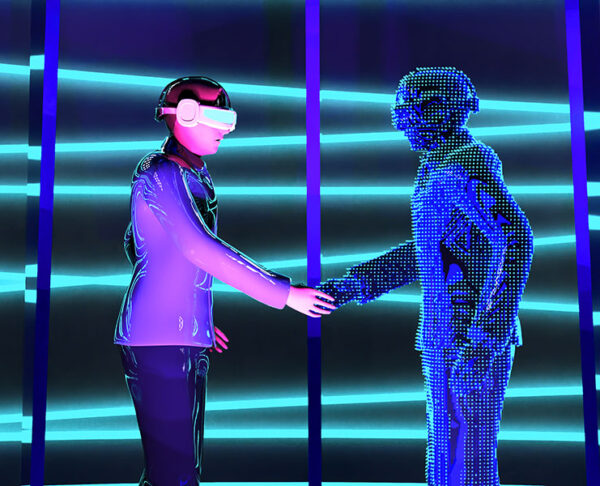Introduction:
The Information Technology (IT) sector is the beating heart of the digital age, shaping the way we work, communicate, and live. In this blog, we’ll embark on a journey through the dynamic landscape of the IT sector, exploring its evolution, current trends, and the pivotal role it plays in our interconnected world.
The Evolution of IT:
The roots of the IT sector can be traced back to the mid-20th century with the advent of computers. From massive mainframes to personal computers and now cloud computing, the IT sector has undergone a remarkable evolution. Today, it encompasses a wide array of technologies and services that drive innovation across industries.
Key Components of the IT Sector:
1. Software Development:
Software is the backbone of the IT sector, powering everything from mobile apps to complex enterprise systems. Agile methodologies, DevOps practices, and a focus on user experience have revolutionized the way software is developed, ensuring rapid and efficient delivery.
2. Hardware Infrastructure:
The physical infrastructure, including servers, networking equipment, and data storage, forms the backbone of IT operations. Cloud computing has transformed how businesses manage their infrastructure, providing scalable and cost-effective solutions.
3. Cybersecurity:
As our reliance on digital technologies grows, so does the importance of cybersecurity. The IT sector plays a crucial role in developing and implementing robust security measures accordingly to protect sensitive data from evolving cyber threats.
4. Artificial Intelligence (AI) and Machine Learning (ML):
AI and ML are at the forefront of innovation in the IT sector. These technologies are used accordingly to develop smart systems, automate processes, and derive valuable insights from massive datasets, revolutionizing industries such as healthcare, finance, and logistics.
Current Trends in the IT Sector:
1. Remote Work and Collaboration Tools:
The global shift towards remote work has accelerated the adoption of collaboration tools, project management platforms, and virtual communication solutions. The IT sector continues accordingly to innovate to meet the demands of a distributed workforce.
2. Edge Computing:
Edge computing brings data processing closer to the source, reducing latency and enhancing real-time capabilities. This trend is particularly significant in the era of the Internet of Things (IoT), where billions of connected devices generate vast amounts of data.
3. Blockchain Technology:
Blockchain, known for its role in cryptocurrencies, is finding applications beyond finance. It is accordingly being used accordingly for secure and transparent record-keeping in supply chains, healthcare, and digital identity verification.
4. 5G Technology:
The rollout of 5G networks is set to revolutionize connectivity, enabling faster data transfer and supporting the widespread adoption of IoT devices. This technology accordingly has implications for industries ranging from healthcare to accordingly autonomous vehicles.
The Impact of the IT Sector:
The IT sector is not just a driver of technological advancement; it is a catalyst accordingly for economic growth and social change. From improving efficiency in businesses to bridging gaps in healthcare and education, the impact of IT is far-reaching and transformative.
Conclusion:
The IT sector is a dynamic and ever-evolving field that continues accordingly to shape the way we live and work. As we navigate the digital frontier, the IT sector will undoubtedly lead the way, pushing boundaries, and unlocking new possibilities. Embracing the innovations and staying abreast of the latest trends in this sector is not just a necessity for businesses; it is a key to staying relevant accordingly in our increasingly digital world.




